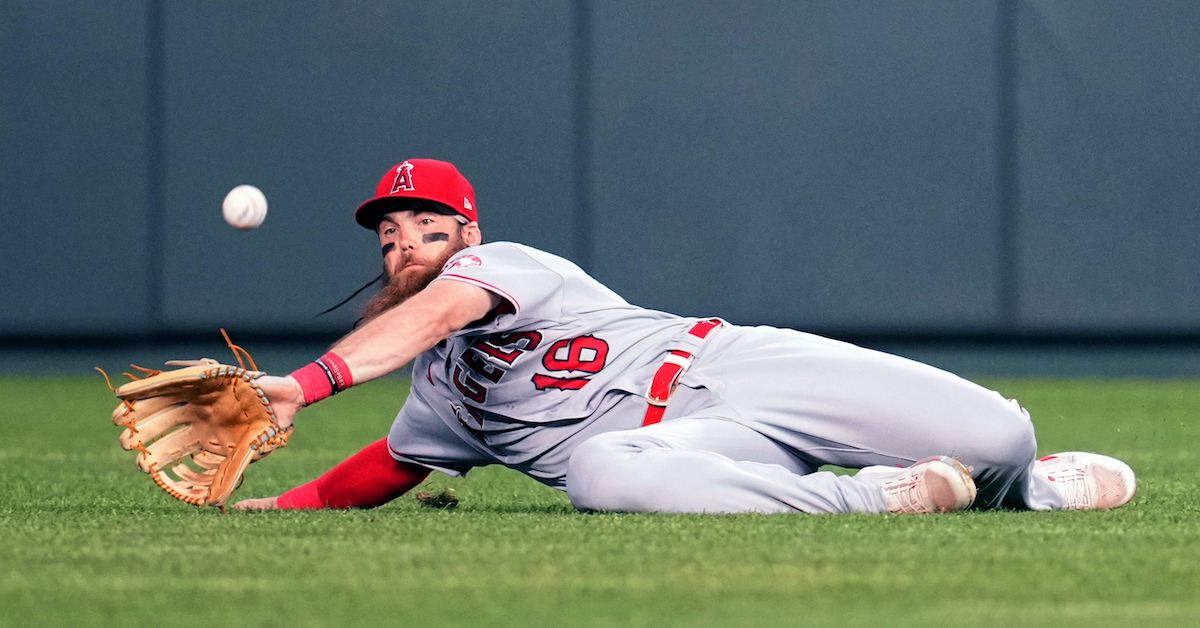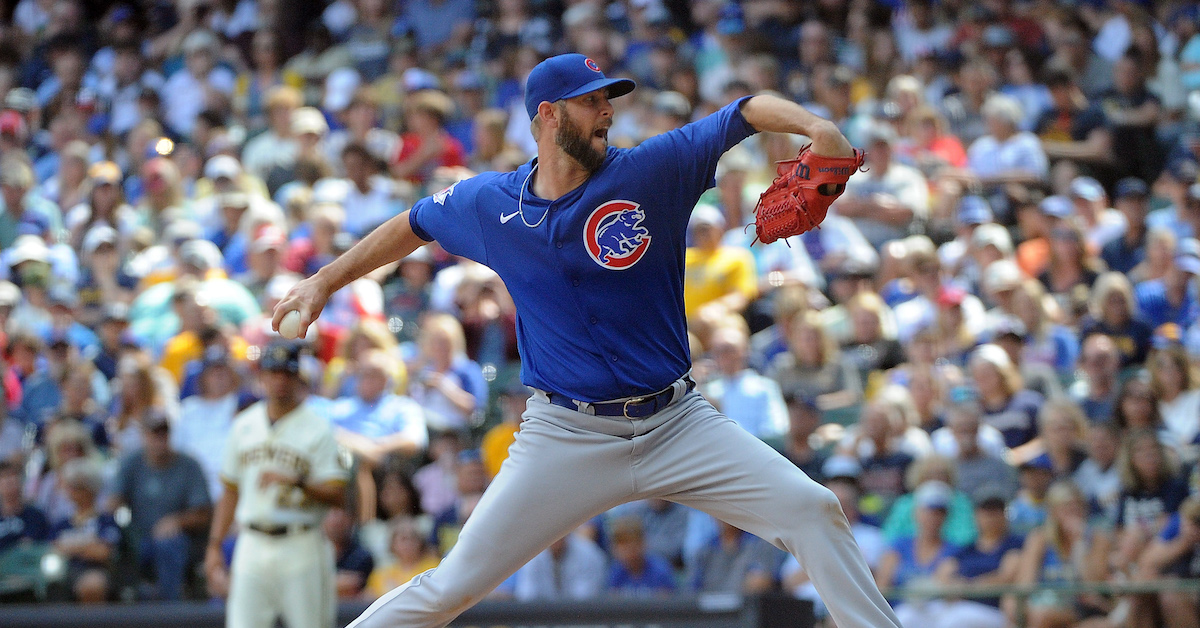With Marsh and Robertson, Phillies Patch Holes With an Eye to the Future

The Phillies were in an unenviable spot coming into today. At 55–47, they’re likely out of the NL East race, which leaves them competing with the Cardinals and Padres for the final two playoff spots in the NL. It’s three teams for two spots, and two of the three teams were attempting to add Juan Soto. That’s not a great place to be if you’re Philadelphia.
The Padres have likely separated themselves from that awkward middle by breaking open their prospect vault to secure Soto and Josh Bell. That leaves the Cardinals and Phillies as the two clearest contenders for the last Wild Card, and that’s where the good news starts. The Cardinals, naturally, aren’t getting Soto. They may not be getting anyone, period; they have contributors across the board offensively, which means there are no obvious spots for an upgrade, and there aren’t many marquee pitchers left on the board.
The Phillies, meanwhile, have no shortage of holes. They were the main offender in Jay Jaffe’s Replacement Level Killers series, the major league organization equivalent of Swiss cheese, and they were already trading for middle infielders the Cardinals would have otherwise had to DFA. That sounds bad, but it has its upsides. It’s a lot easier to improve when you start out from a lower point, and the Phillies are doing so today in two separate trades, adding Brandon Marsh from the Angels and David Robertson from the Cubs.
Read the rest of this entry »








